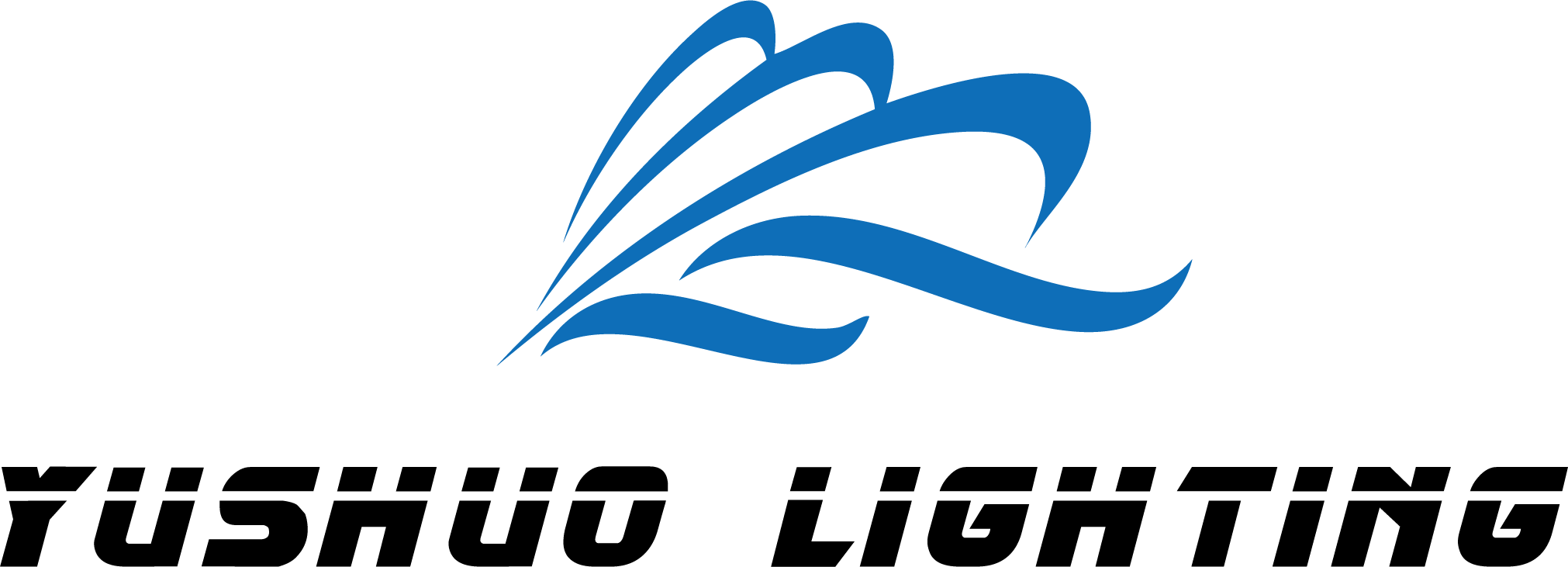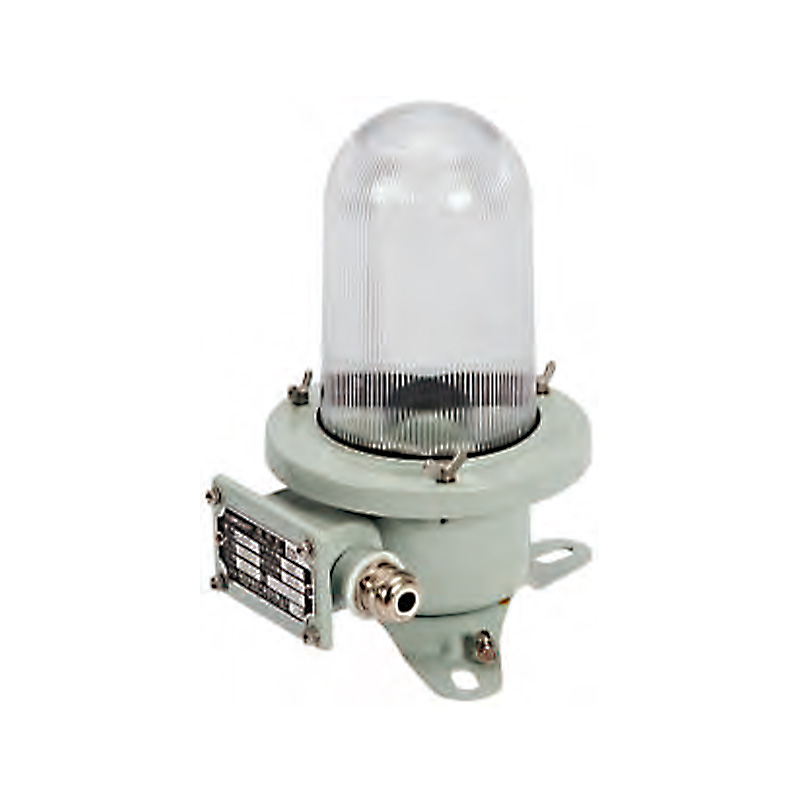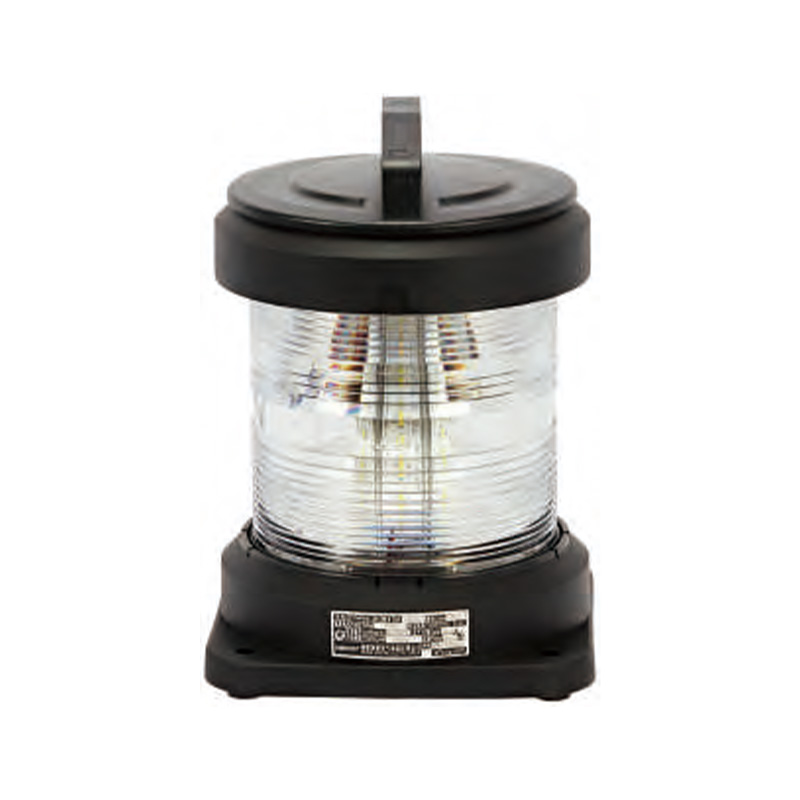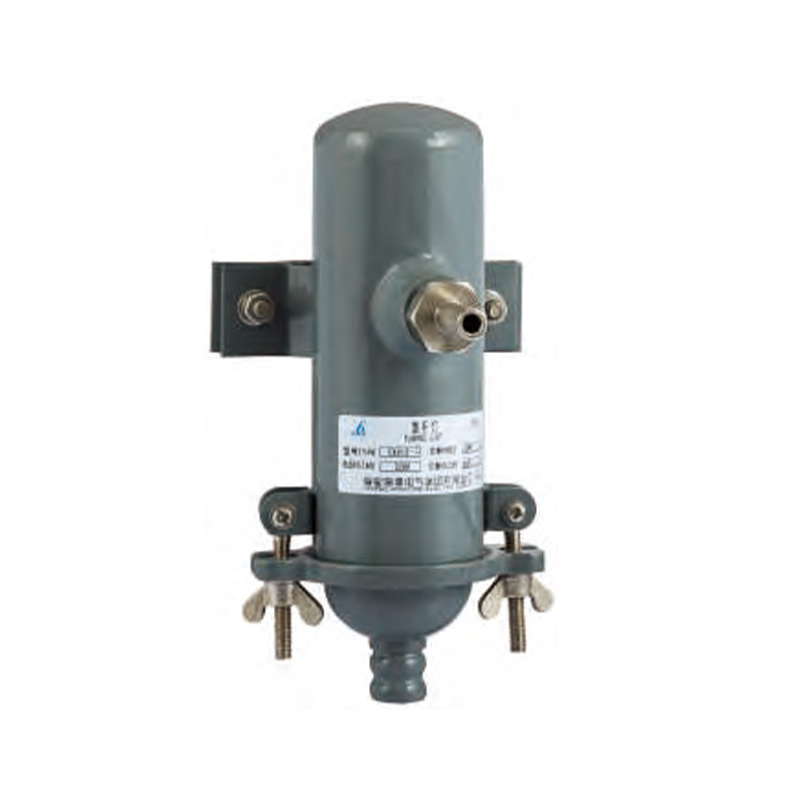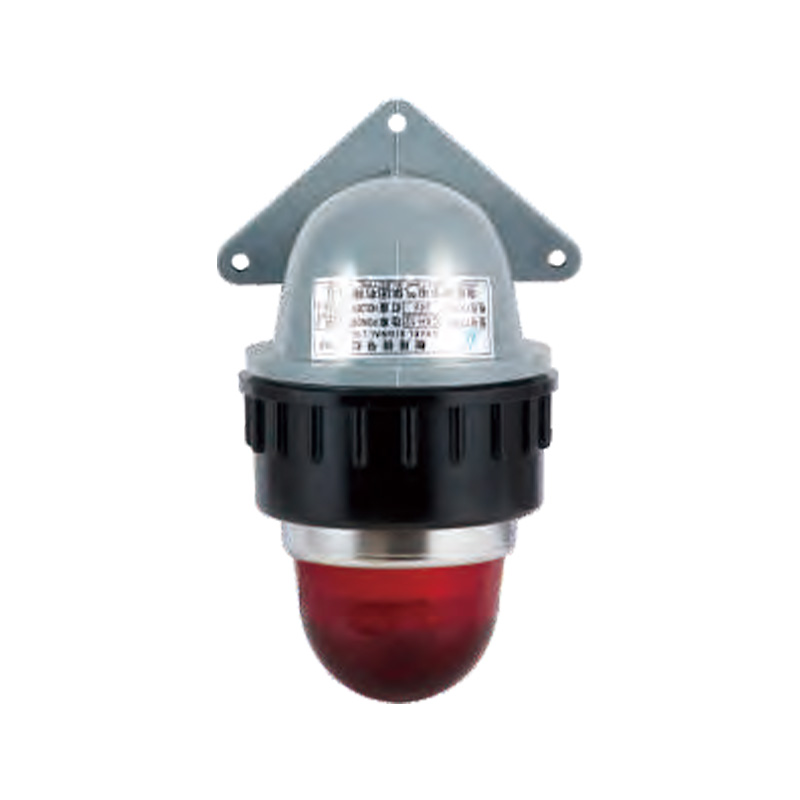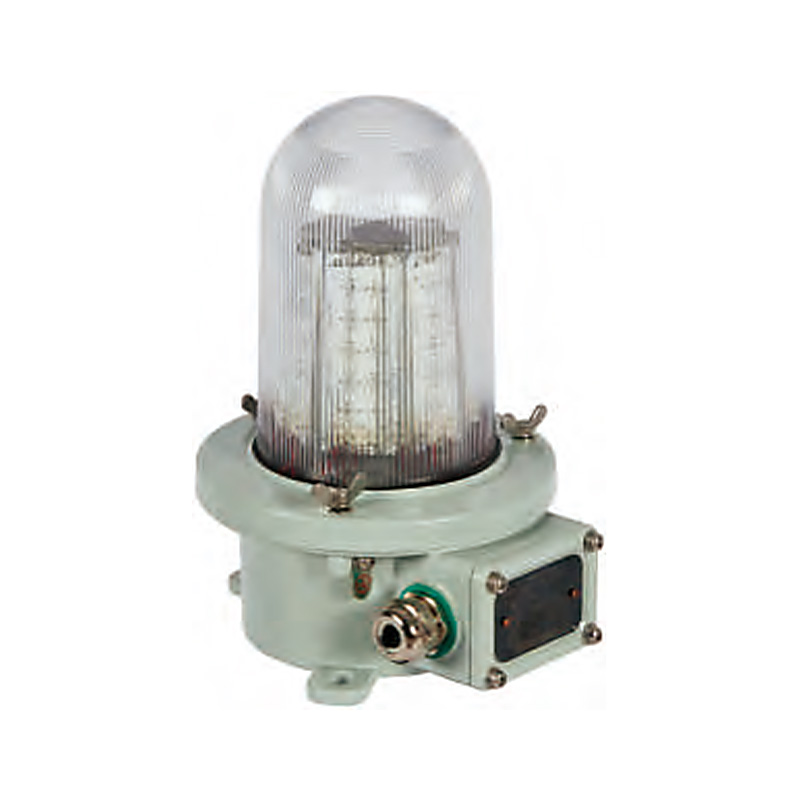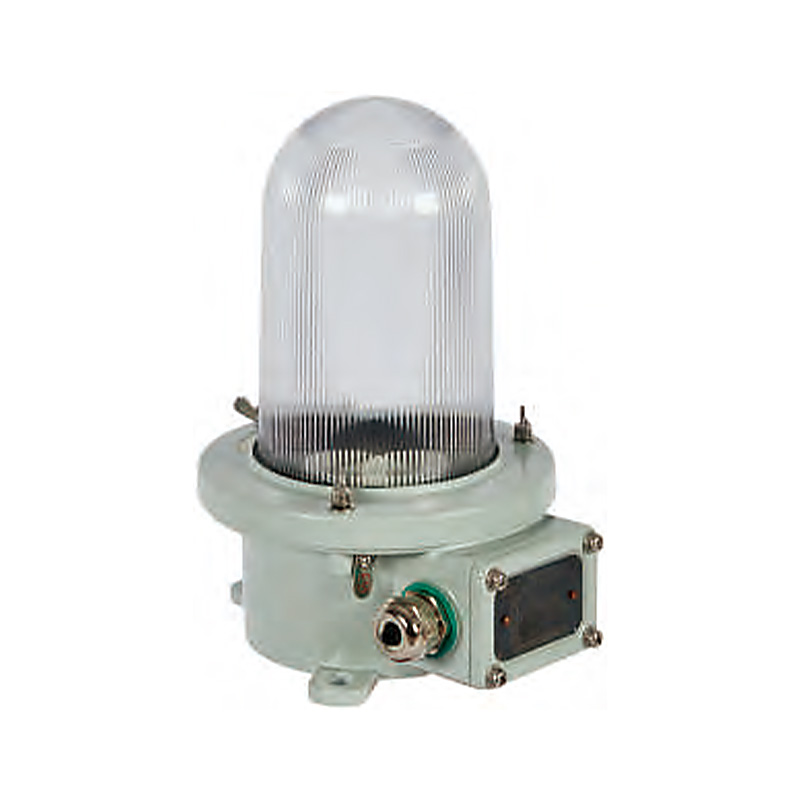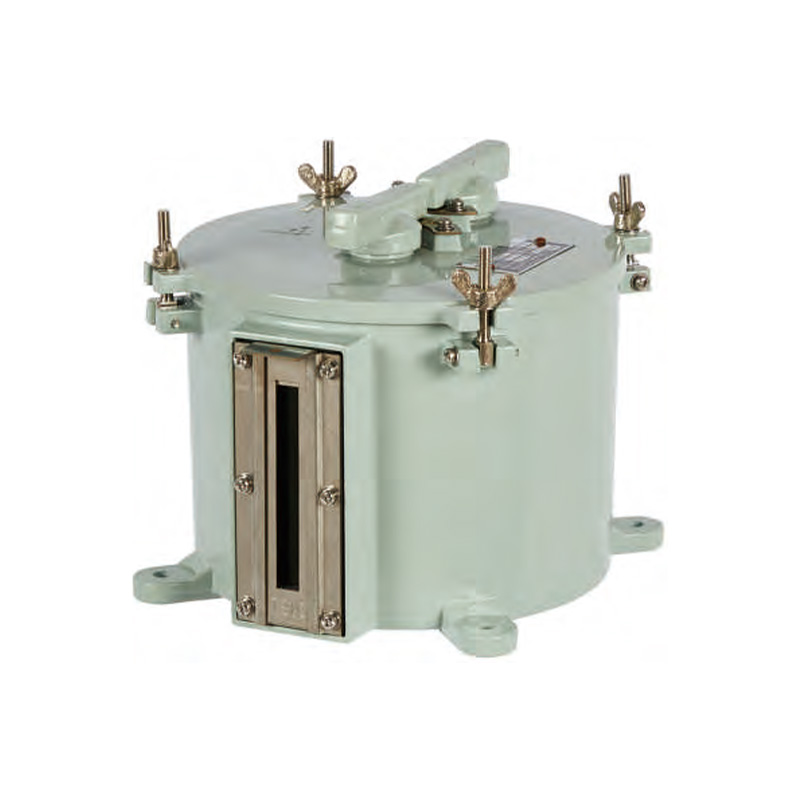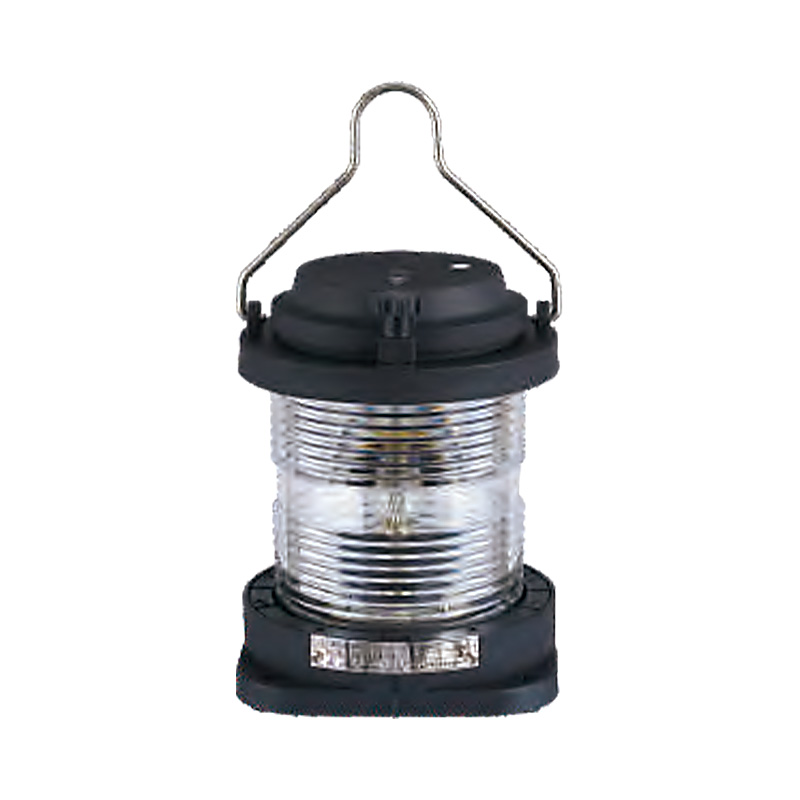How to Maintain Marine Navigation Lights Properly
Table of Contents
Properly maintained navigation lights not only comply with maritime regulations but also help prevent collisions and accidents by signaling the position, direction, and movement of vessels. To ensure that marine navigation lights remain fully functional and reliable, implementing a set of best practices for their maintenance is essential.
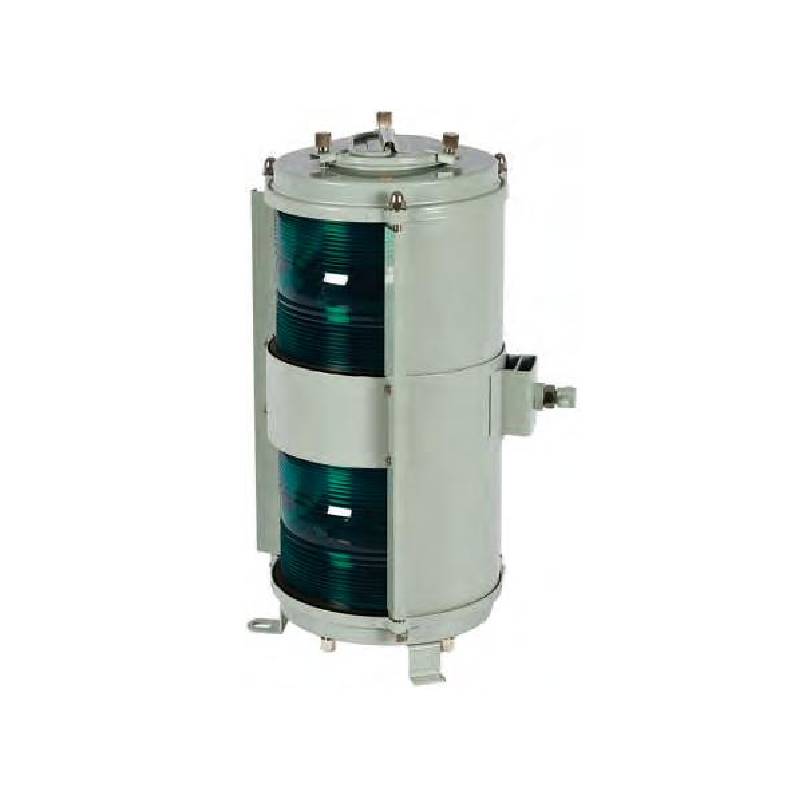
What are Marine Navigation Lights
Marine navigation lights are critical lighting systems installed on vessels to ensure safe navigation and avoid collisions, especially during night-time operations or in poor visibility conditions like fog or storms. These lights signal the position, direction, and status of a vessel, indicating whether it is moving or anchored. The navigation lighting is typically color-coded, which include red for port (left), green for starboard (right) and white for stern or mast lights and must comply with international maritime regulations to maintain safety at sea.
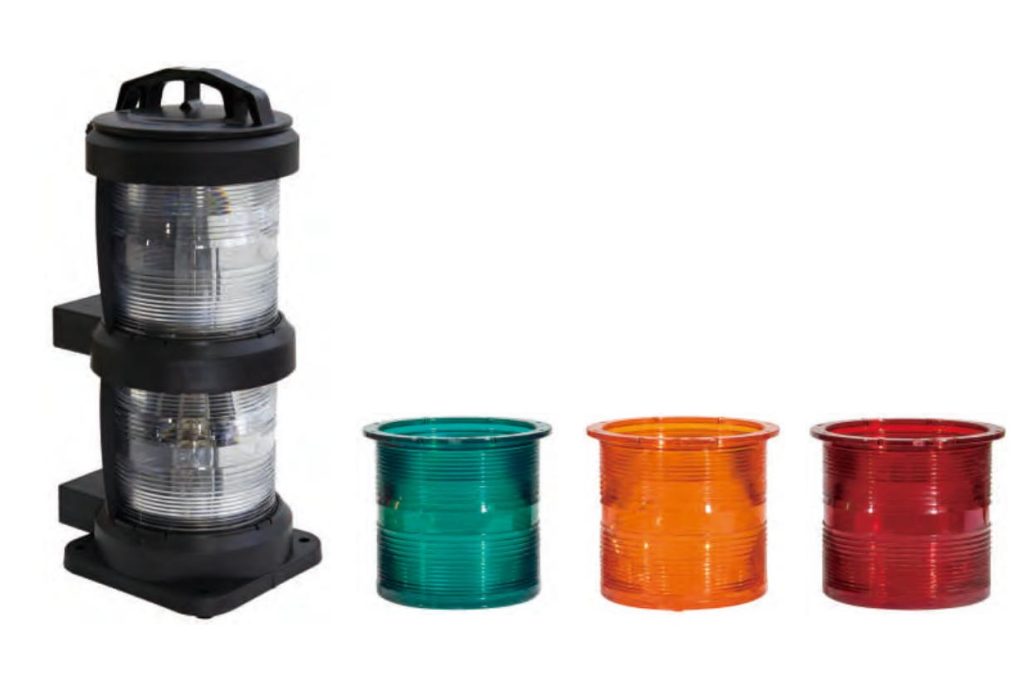
Why Maintaining Marine Navigation Lights is Important
This chart provides a clear and concise overview of the key reasons why maintaining marine navigation lights is vital for safe and compliant vessel operation.
| Reason | Description |
| Safety of Navigation | Properly maintained navigation lights ensure that vessels are visible to other ships, preventing collisions and enhancing overall maritime safety. |
| Compliance with Regulations | Maintaining lights ensures compliance with IMO and local maritime regulations, avoiding fines, legal issues, and ensuring operational integrity. |
| Avoiding Accidents in Poor Visibility | Well-maintained lights are crucial in fog, rain, or night conditions, helping other vessels identify your ship’s position, direction, and speed. |
| Prolonging Equipment Lifespan | Regular maintenance helps prevent premature failure of navigation lights, reducing replacement costs and ensuring uninterrupted operation. |
| Emergency Preparedness | In emergency situations, functioning navigation lights are critical for signaling distress and guiding rescue teams to the vessel. |
| Energy Efficiency and Reliability | By regularly checking lights, including solar or battery-powered systems, you ensure energy efficiency and prevent unexpected power failures. |
| Prevents Navigational Hazards | Consistent maintenance avoids dim, flickering, or non-operational lights, reducing the chance of creating hazards for other vessels sharing the waterways. |
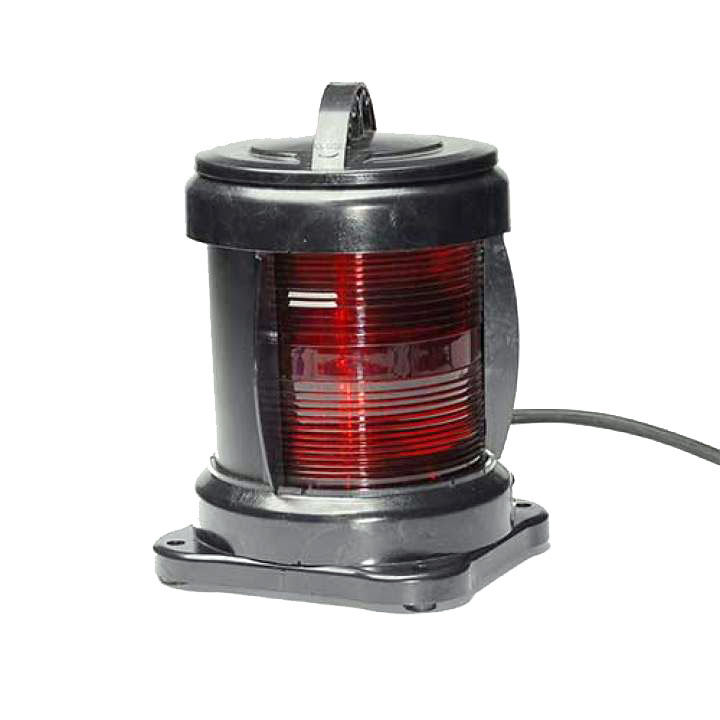
Best Practices for Maintaining Marine Navigation Lights
1. Regular Inspection and Testing
- Scheduled Checks: Establishing a routine for inspecting marine navigation lights is one of the most important steps in maintaining their functionality. Inspections should be carried out before and after voyages, as well as during regular vessel maintenance schedules.
- Functionality Testing: Test navigation lights regularly to ensure they are operational. This includes checking for the correct intensity, color, and visibility range as specified by the International Maritime Organization (IMO) and local maritime regulations.
- Check Wiring and Connections: Faulty wiring or loose connections can cause lights to malfunction. During inspections, examine all electrical connections, switches, and wiring to ensure they are secure and corrosion-free.
2. Keep the Lights Clean
- Lens Cleaning: Over time, lenses on navigation lights can accumulate dirt, salt, and grime, reducing their brightness and effectiveness. Clean the lenses using fresh water and a soft cloth to maintain maximum visibility.
- Check for Damage: During cleaning, inspect the lenses for cracks or scratches. Damaged lenses can reduce the light output and may need to be replaced to ensure optimal performance.
3. Replace Bulbs and LED Modules Periodically
- Replace Burnt-Out Bulbs: Although incandescent bulbs are less common today, vessels using them should have spare bulbs onboard and replace them immediately if they burn out.
- LED Modules: Modern marine navigation lights often use LED technology due to their longevity and energy efficiency. However, even LED navigation lamps have a lifespan and should be replaced according to the manufacturer’s recommendations or when light intensity diminishes.
- Use Certified Parts: Always use bulbs or LED modules that meet the appropriate certification standards for marine use to ensure compliance with regulations and performance standards.
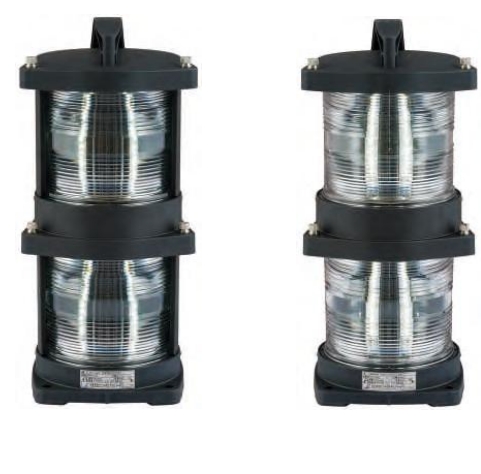
4. Protect Against Corrosion
- Use Marine-Grade Materials: Navigation lights are exposed to harsh marine environments, including saltwater, high humidity, and temperature fluctuations. Ensure that all fixtures, housing, and fasteners are made from corrosion-resistant materials, such as stainless steel or marine-grade aluminum.
- Apply Anti-Corrosion Treatments: Periodically apply anti-corrosion treatments to the metal parts of navigation lights to prevent rust and degradation, particularly in areas where the lights are frequently exposed to seawater spray.
5. Battery and Power Supply Maintenance
- Monitor Power Sources: Whether navigation lights are powered by the vessel’s electrical system or standalone battery units, it is essential to regularly check the power supply to ensure consistent operation.
- Battery Inspection: If your vessel’s navigation lights are battery-operated, inspect the batteries regularly for any signs of wear, corrosion, or leakage. Replace old batteries before they fail to avoid navigation light outages.
- Solar-Powered Systems: If using solar-powered navigation lights, clean the solar panels regularly to ensure maximum energy absorption, and check that the battery is functioning properly to store energy.
6. Maintain Compliance with Maritime Regulations
- Check Regulatory Requirements: Marine navigation lights must meet specific standards set by the IMO and local maritime authorities, such as correct placement, visibility range, and color.
- Update Light Configurations as Necessary: Depending on the vessel’s size, type, and usage, different configurations of navigation lights may be required. For example, fishing vessels, tankers, and sailboats all have unique requirements. Ensure that your vessel’s navigation light setup remains compliant with any new or updated regulations.
7. Maintain Detailed Maintenance Logs
Record-Keeping: Maintain a detailed log of all inspections, repairs, and replacements related to marine navigation lights. This helps track the maintenance history and identify patterns or recurring issues.
Scheduled Maintenance Plans: Develop and implement a preventive maintenance plan that schedules regular inspections and part replacements based on manufacturer guidelines and operational usage.
8. Crew Training and Awareness
- Training: Ensure that all crew members responsible for vessel maintenance are properly trained in the inspection, maintenance, and replacement of navigation lights. Familiarity with the light system will allow crew members to identify and resolve issues quickly.
- Emergency Preparedness: Instruct the crew on how to troubleshoot navigation light issues during emergencies or at sea. Having a set procedure and spare parts ready can minimize downtime and safety risks.
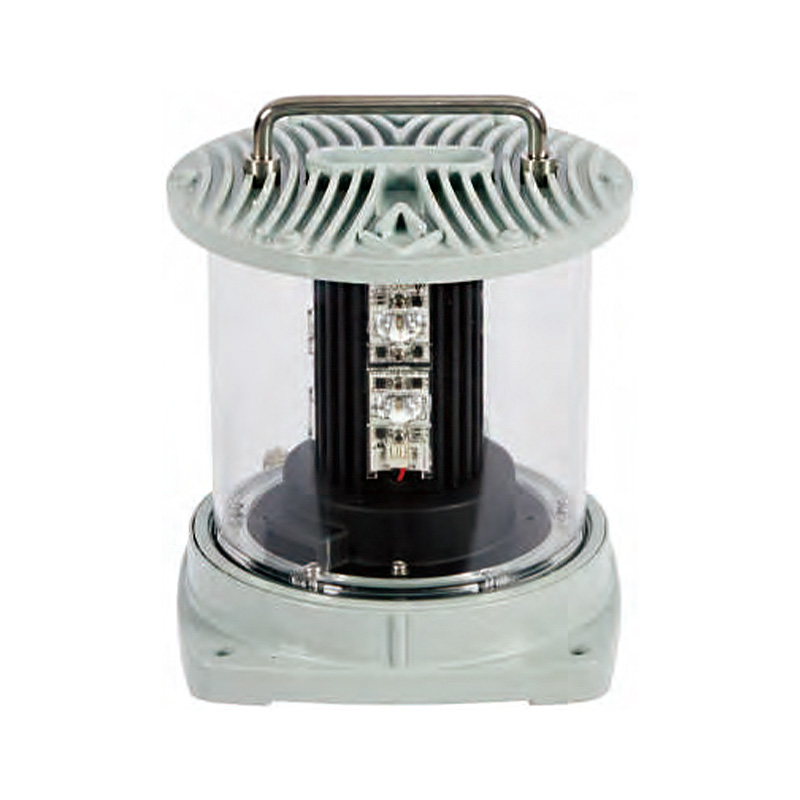
By following best practices such as regular inspection and cleaning, bulb replacement, corrosion prevention, maintaining compliance with maritime regulations, etc, vessel operators can ensure that their navigation lights remain operational in all conditions. Proper care of these essential marine lighting systems reduces the risk of accidents and ensures that vessels can navigate safely, whether day or night.
